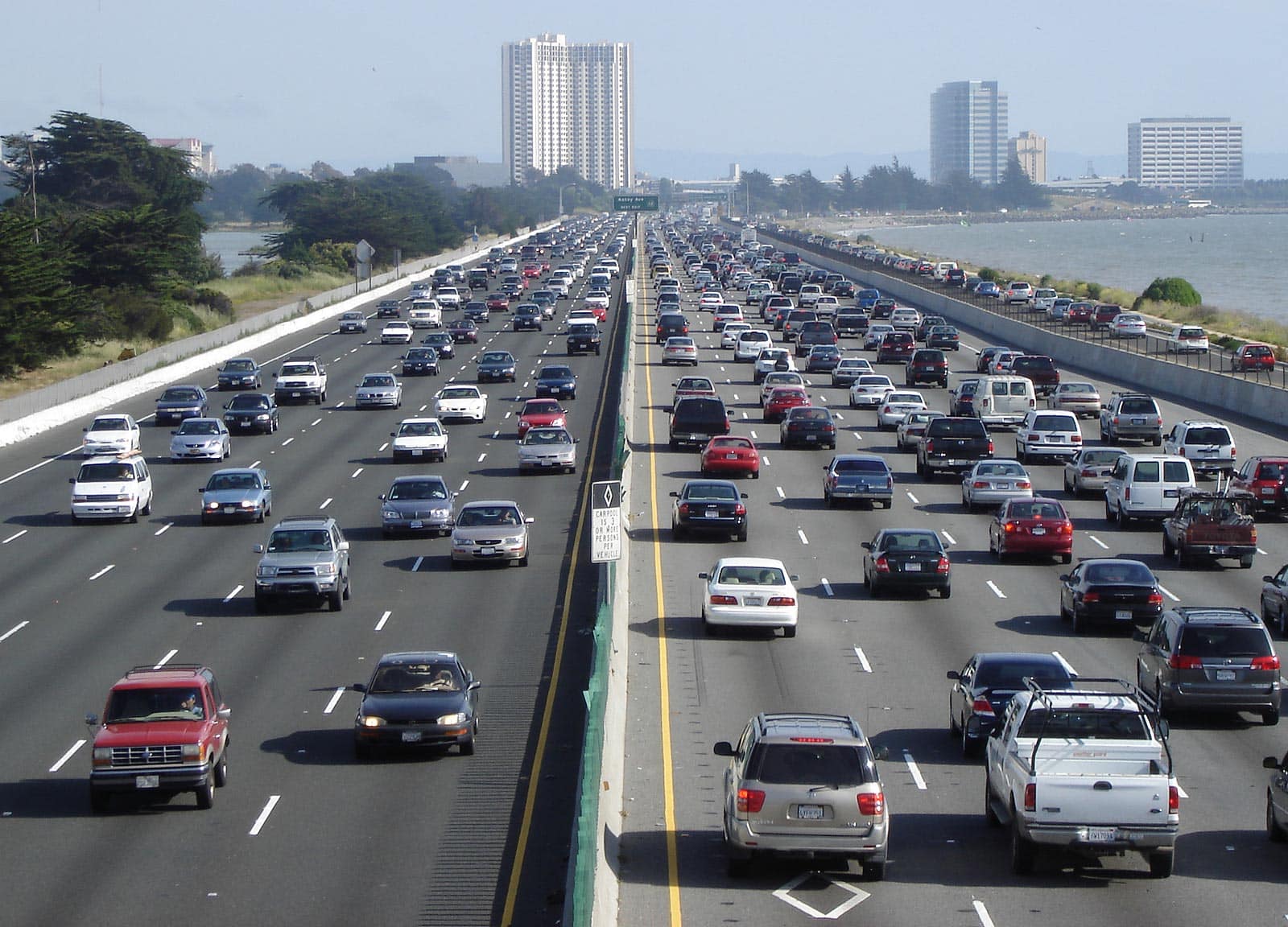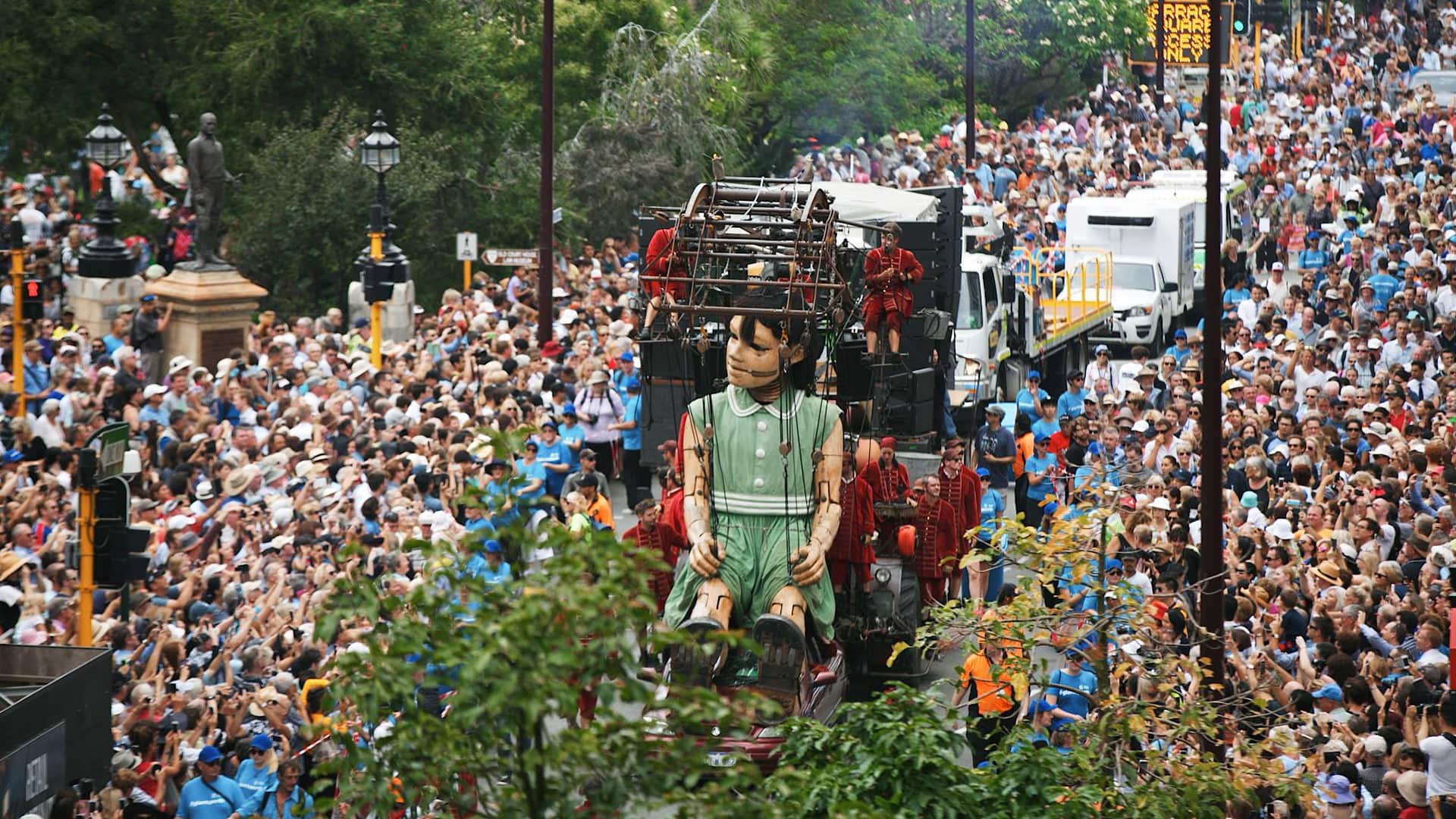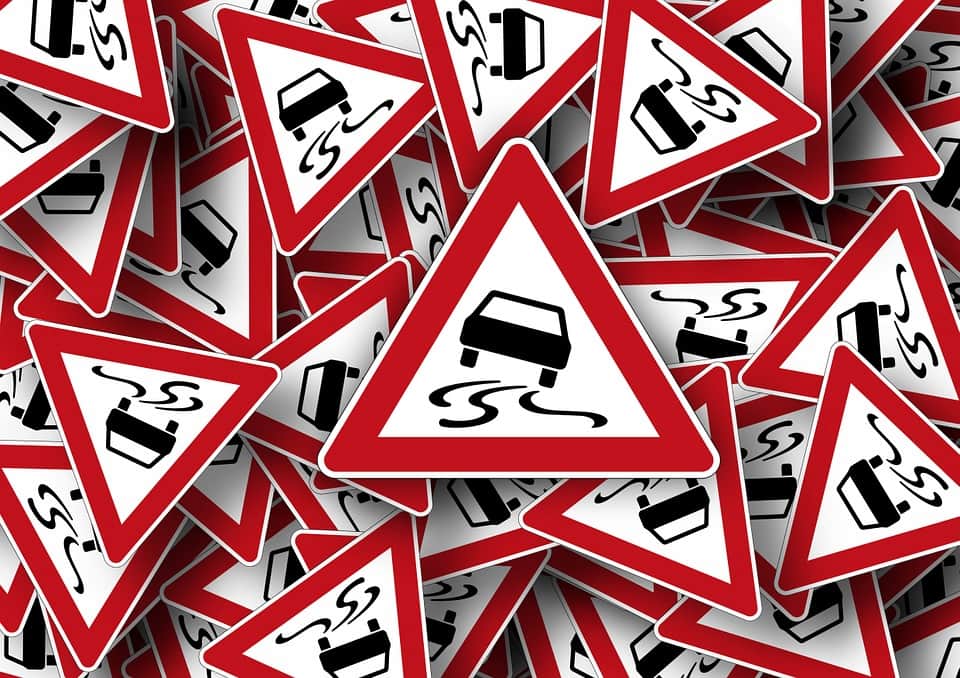[vc_row][vc_column][vc_column_text]
Safe and Effective Works and Event Traffic Management in Perth
When it comes to event traffic management and traffic control, safety and effectiveness are our top two priorities. As Perth’s trusted traffic management professionals, WARP Group provides an extensive range of high-quality traffic control courses and services centred on maintaining the strict safety standards set out in the MRWA’s Code of Practice.
Safer Roads Are Our Priority
As Australia’s largest state, Western Australia has over 170,000km of roads. With roads regularly requiring work and maintenance, effective traffic management is essential to maintain safety standards and worksite productivity. At WARP Group, we adhere to the MRWA’s Code of Practice – in line with state legislation and national standards – to promote safe and effective practices on roads.
The Code of Practice has been carefully formulated to protect all road users, including drivers, pedestrians, workers and traffic management teams. We encourage all traffic management workers to read through the MRWA’s Code of Practice and familiarise themselves with concepts, procedures and recommendations.
By following the MRWA’s Code of Practice, we can work together to maintain safer worksites and roads for all stakeholders. Find out more about the Traffic Management for Works on Roads Code of Practice – March 2018. Download it here.
What’s the Purpose of the Code of Practice?
The Code of Practice is centred on enhancing safety and productivity by providing a number of useful and practical standards and recommendations, helping to:
- Maintain the safety of all road users and workers
- Establish clear procedures and systems for traffic management
- Minimise disruptions and inconvenience
- Enhance productivity and results
Traffic Management for Events Code of Practice
The Western Australian government sets out the Traffic Management for Events Code of Practice. Designed to complement the Traffic Management for Works on Roads Code of Practice, it provides greater detail of traffic management issues common during events.
Read through the Traffic Management for Events Code of Practice here.
Approval Required to Work Within Road Reserves
Before beginning works in road reserves, approval needs to be obtained from the agency responsible for the care, control and management of relevant roads. You also need to seek authorisation from all other relevant authorities before the commencement of work. This might include agreeing to variations to the application of the Code of Practice or Australian standards as well as development, heritage, environmental, cultural and other clearances. Emergency services, police, public transport authorities and other relevant stakeholders may also need to be notified.
All approvals to conduct works on roads issues by the MRWA, Local Governments or other authorities should be noted on the Traffic Management Plan. Mandatory traffic management conditions are also to be included within approval.
Find out more about approvals required to work within road reserves here.
Become an Accredited Traffic Management Officer
Traffic Controllers have a unique skill set and comprehensive knowledge of practices, systems and procedures. At WARP Group, we provide MRWA approved traffic management and control courses through Warp Training Australia (WTA).
Our courses are consistently evolving to meet the needs of the industry. With strategic relationships with a number of industry bodies and associations, we’re able to provide quality training and assessments that ensure best-practice methodologies.
If you’re interested in a job in the traffic management industry or are looking to start a new career, learn more about WTA’s courses.
WTA provide Traffic Control Training and Traffic Management Training in Perth, Western Australia.
Perth’s Traffic Management and Traffic Control Professionals
At WARP Group, we’re committed to making Perth and WA’s roads safer. Find out more about how we uphold the MRWA’s Code of Practice and learn more about our innovative training courses. Contact the traffic management professionals at WARP Group on (08) 9493 8700.
[/vc_column_text][/vc_column][/vc_row]









